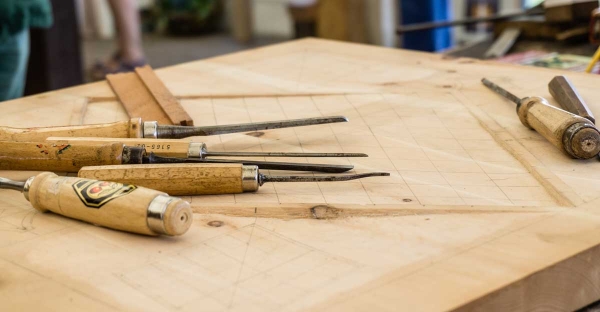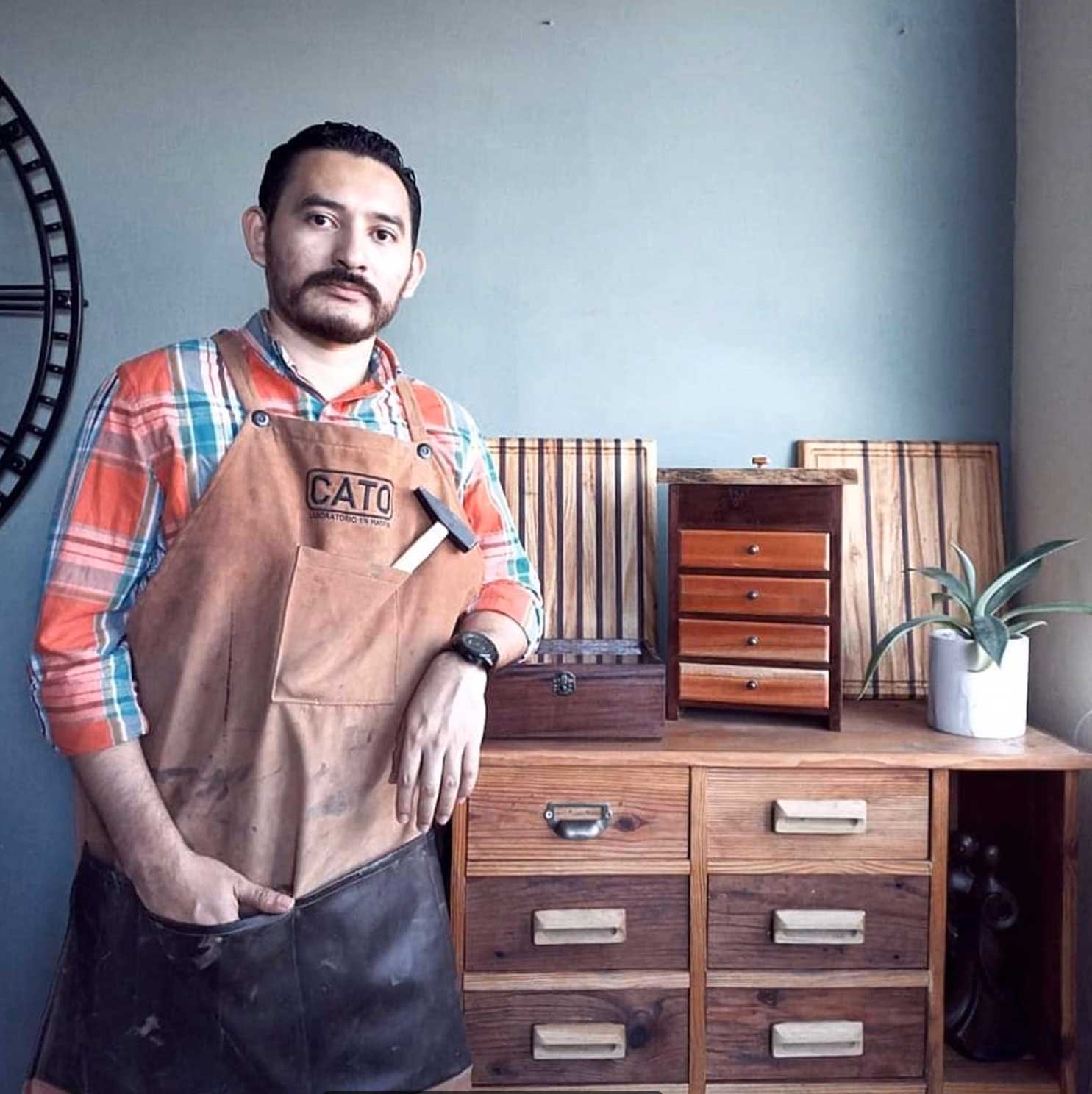“Craftsmanship names an enduring, basic human impulse, the desire to do a job well for its own sake.”- from “The Craftsman” by Richard Sennet

Most good architects also have side passions that enhance their design skills.
It has been argued that while art is subjective, craftsmanship is not. Craft is at the core of architecture. The definition of ‘craft’ is the making of any object while understanding the materials and the true meaning behind its creation, and appreciating the process of bringing it into being. The idea of craftsmanship encompasses a distinctive ethos of ‘making’ where the maker is focused on creating a thing for creation’s sake, or for joy, or for the simple pleasure of mastery.
But craftsmanship is more than just pure creation- it also embodies the idea of careful attention to detail, a willingness to pursue, a desire to master tools and materials and a deep appreciation for quality. In this way, a great architect is also a craftsman. Many architects also have side passions that lend themselves to strengthen their traits as a designer and engineer of spaces, forms and multi-purpose-ness. These traits learned from other passions make them masters of adaptability in their endeavors as an architect. The more mastery they achieve over any given set of tools and materials, the better holistic approach they have at their disposal to apply to the intentional creation of any space, with its given assets and limitations.
Consider for a moment that architecture as a discipline is a craft in and of itself, with intangible components of light, volume, form, space, place, and purpose. Architects can integrate any number of building materials into their desired creations to manipulate and shape these components. The result of this added layer of texture and detail adds so much to how a building lives and is experienced by the occupants. These details nourish a deeper connection with spaces and enhance their identity and character.
“All craftsmanship is founded on skill developed to a high degree. At a higher degree, the technique is no longer a mechanical activity; people can feel fully and think deeply about what they are doing once they do it well.” – from “The Craftsman” by Richard Sennet
 Architecture has come to be seen as a profession somewhat removed from the actual act of building. Practical knowledge previously gained from experiential learning and apprenticeship has gradually been replaced by theories about technique and form. This distinction between designer and builder has created a role for the architect that is somewhat akin to the conductor of an orchestra, who is charged with using Big Picture thinking to create the plan that everyone else will follow. Although this reduction of the architect’s role in the overall process has led to more theory and art, and less hands-on production, there is no doubt that the architect must still maintain an understanding of and connection to the materials of which any structure is built. A great architect is both a designer and a craftsman who has a decent understanding of every step of the building process, human behaviors and patterns, precision engineering, and a lot more… Their agenda is not personal expression, but rather to achieve the highest level of form and function. They have a deep respect for design processes and for the journey itself, not just the result.
Architecture has come to be seen as a profession somewhat removed from the actual act of building. Practical knowledge previously gained from experiential learning and apprenticeship has gradually been replaced by theories about technique and form. This distinction between designer and builder has created a role for the architect that is somewhat akin to the conductor of an orchestra, who is charged with using Big Picture thinking to create the plan that everyone else will follow. Although this reduction of the architect’s role in the overall process has led to more theory and art, and less hands-on production, there is no doubt that the architect must still maintain an understanding of and connection to the materials of which any structure is built. A great architect is both a designer and a craftsman who has a decent understanding of every step of the building process, human behaviors and patterns, precision engineering, and a lot more… Their agenda is not personal expression, but rather to achieve the highest level of form and function. They have a deep respect for design processes and for the journey itself, not just the result.
The designers at Root Architecture are true artists that pursue their craft with intensity and enthusiasm. Contact us today to schedule a consultation and see how your building project can benefit from the multi-faceted skills of a master craftsman and architect! WE look at all the details of your project, your requirements, the lot, weather, traffic, human patterns, and all aspects that affect how the building will be used, and come up with a plan that incorporates all the details into a cohesive design that works for you.

